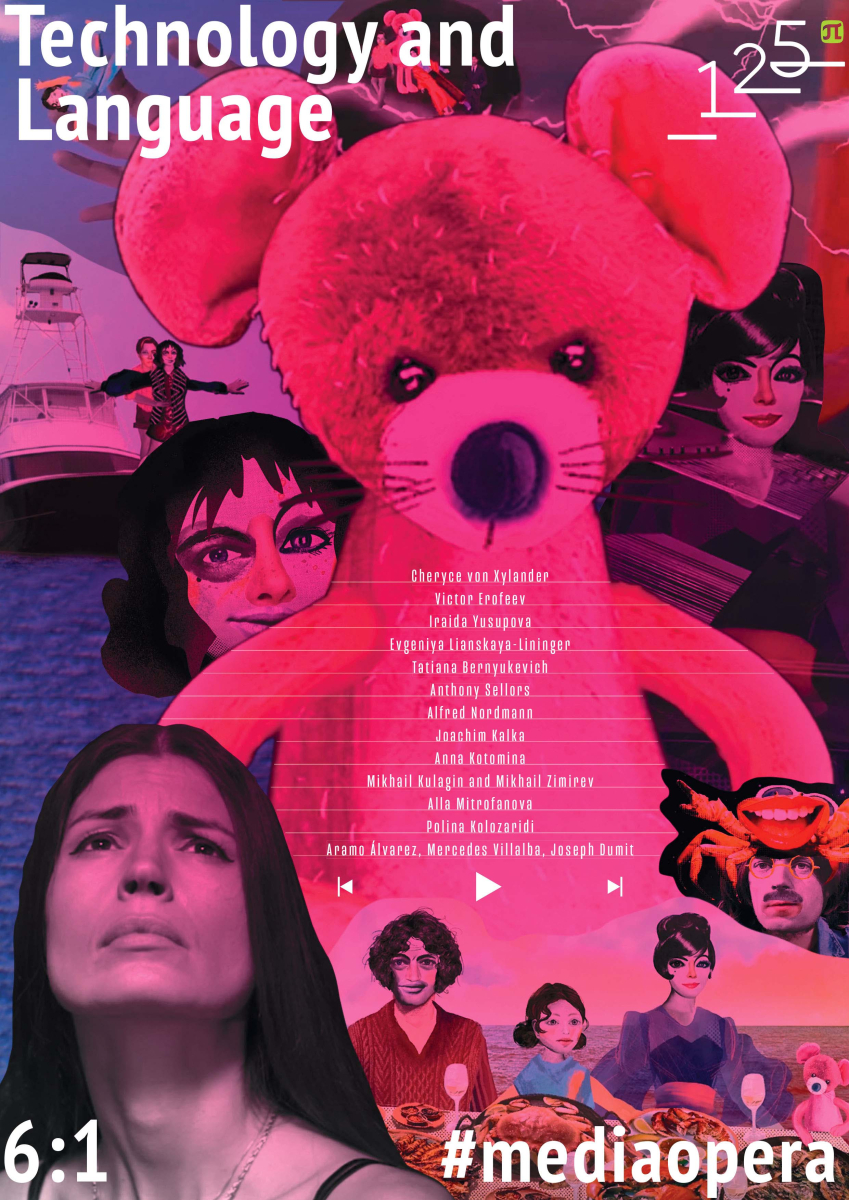Memory and Style: Leo Tolstoy’s philosophy, the Tao Te Ching, and Machine Translation
In a world of intercultural conflict, when the Huntingtonian paradigm reaches new levels of relevance, all sources of cultural self-reflection and intercultural dialogue are vital. Answering to Francois Jullien’s notion of the gap, Tolstoy’s views on translation exhibit its integrative potentional which machines cannot grasp. Some, like Alan Turing, developed the notion of an artificial intelligence in respect to a harmonizing dialogue, others defined it with reference to translation as perfect simulation. This raises the question whether translation should also be considered a harmonizing dialogue between two cultures. Tolstoy shows that it is more than mere harmonization but involves integration, thus indicating how the worlds of automated and human translation are unrelated to each other, coinciding only by accident or luck. Tolstoy moved from the idea of intellectual progress through harmonization to that of integration, from saying to showing, producing a cultural amalgam. From a literal point of view, translations can be semantically and syntactically incorrect, and yet reflect the state the original author was in. The opening stanza of Laozi’s Tao Te Ching in the Russian translation edited by Tolstoy demonstrates this complexity. The psychological effects of the illogical or absurd, of koans, and of brilliant poesy, are indeed the final challenge to automated translation. In respect to Taoism, this has been discussed by Evgeny Torchinov, and it will be shown also by attending to Tolstoyan translational strategies regarding the Tao Te Ching. Machines should not replace human translators for cultural communication. Even in a world of total and totalitarian neuromorphic production, human translation will have the potential to function as a special kind of communicative art.



